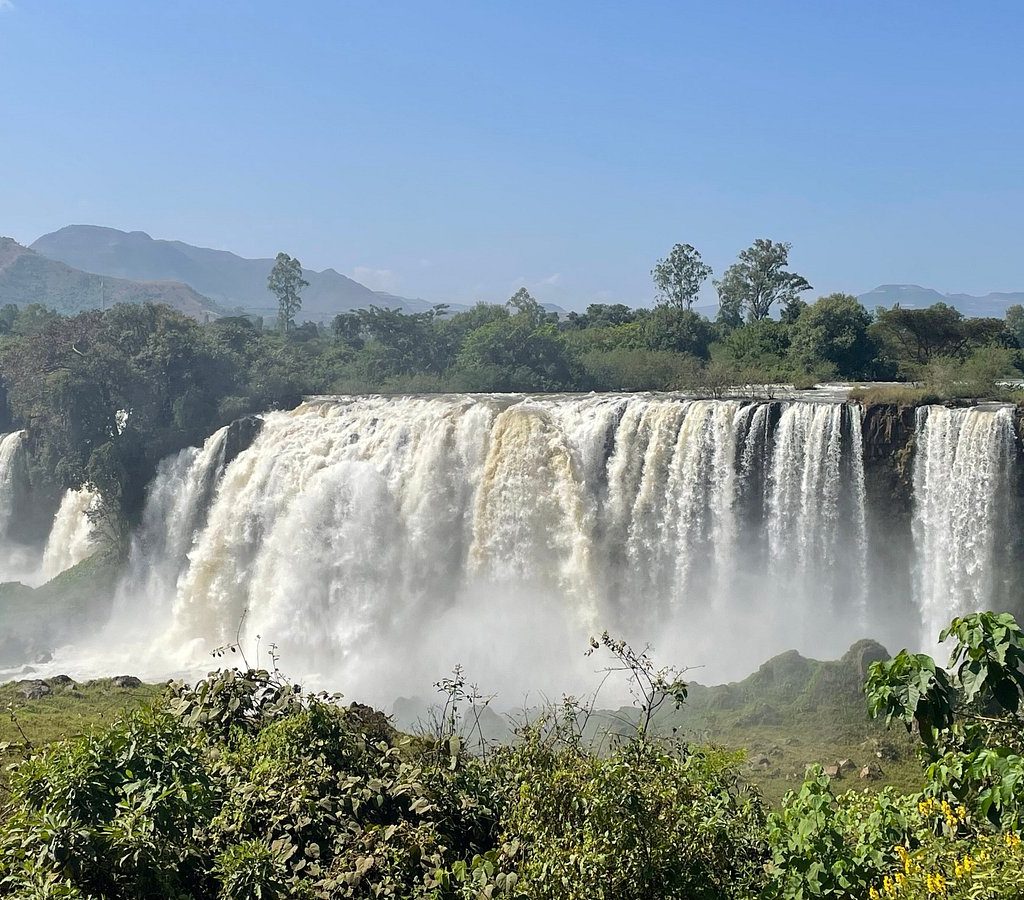If you’re looking for a perfect blend of natural beauty, culture, and relaxation in Ethiopia, Bahir Dar should be at the top of your travel list. Located on the shores of Lake Tana, Ethiopia’s largest lake, and just a short drive from the roaring Blue Nile Falls (Tis Abay), Bahir Dar offers an unforgettable experience for every traveler.
Whether you want a peaceful boat ride, a hike to a powerful waterfall, or a journey through ancient island monasteries, Bahir Dar has it all.
Where Is Bahir Dar?
Bahir Dar is a vibrant lakeside city in the Amhara region, about 560 km northwest of Addis Ababa. It serves as a gateway to Lake Tana and the Blue Nile River, making it a top destination for both local and international tourists.
Lake Tana: Ethiopia’s Sacred Waters
Largest Lake in Ethiopia
Lake Tana spans over 3,000 square kilometers and feeds the famous Blue Nile River.
Island Monasteries
The lake is home to over 20 monastic churches and monasteries, many dating back to the 14th–16th centuries. Accessible only by boat, these hidden treasures are filled with ancient manuscripts, murals, and crosses.
Must-visit monasteries include:
- Ura Kidane Mehret – known for its vivid wall paintings and historic relics.
- Kebran Gabriel – a beautiful island monastery (men only).
- Narga Selassie – with scenic views and peaceful surroundings.
Birdlife and Nature
Lake Tana is a birdwatcher’s paradise! Look out for:
- African fish eagles
- Great white pelicans
- Hippos near the shore (rare, but possible)
A sunset boat cruise on the lake is one of Bahir Dar’s most peaceful experiences.
Tis Abay (Blue Nile Falls): The Smoking Water
Locally known as “Tis Issat” (Smoke of Fire), the Blue Nile Falls are among the most breathtaking natural wonders in Ethiopia.
What to Expect:
- The falls drop over 40 meters high and stretch 400 meters wide during the rainy season (July to September).
- You’ll hear the roar and feel the mist before you even see it.
- A short hike (about 30–45 minutes) through lush green hills leads you to several viewpoints.
Highlights:
- Cross a historic Portuguese stone bridge built in the 17th century.
- Walk through small villages and local farms.
- During the rainy season, witness the full thunderous power of the falls.

Best Time to Visit
July to October: Best time for the full power of the Blue Nile Falls, thanks to the rainy season.
November to March: Ideal for lake exploration, monastery visits, and clearer skies for photography.


